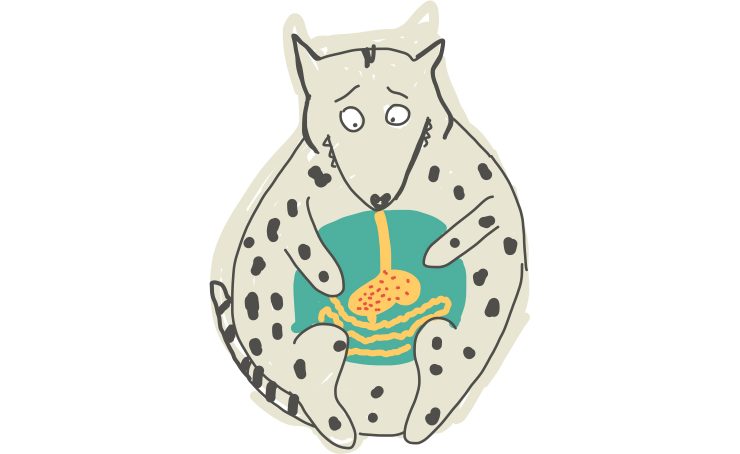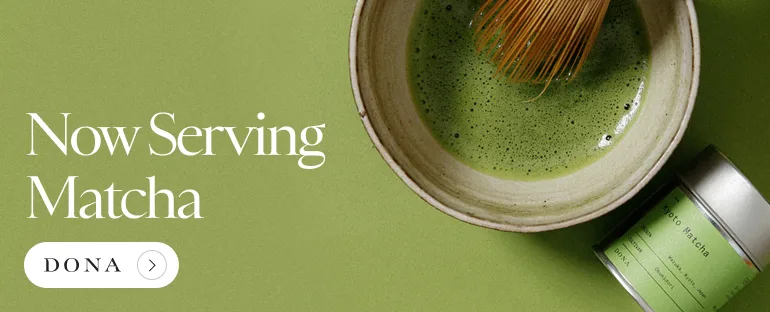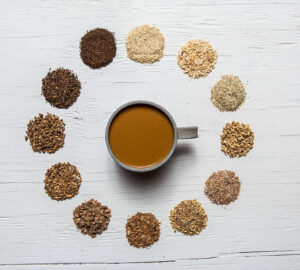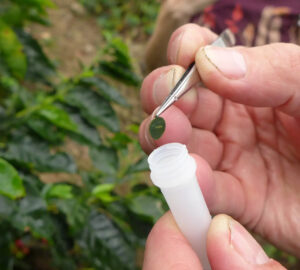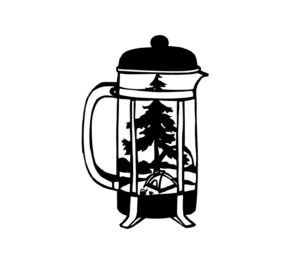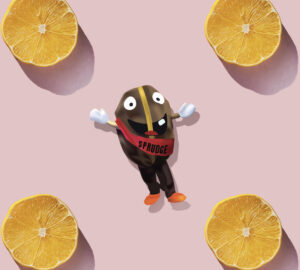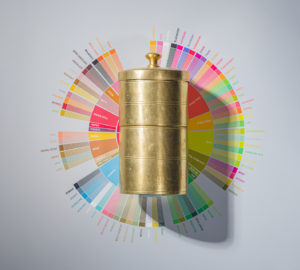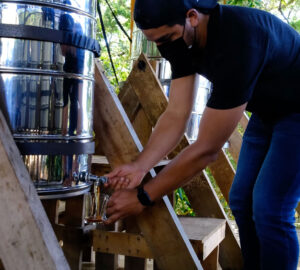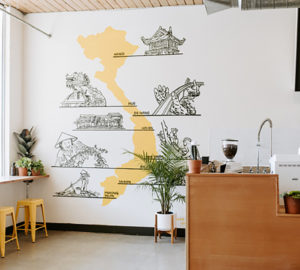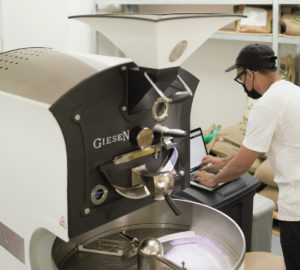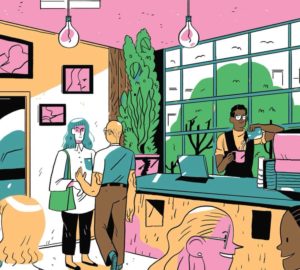DIY fermentation projects ranging from homemade kimchi to cheese and beer are all the rage. A new food biotechnology company named Afineur is experimenting with coffee fermentation…inspired by Kopi Luwak.
The birth of Afineur was originally inspired by the infamous Indonesian civet cat coffee. Not by the dubious exotic appeal of coffee fermented in a civet’s stomach, but by the chemical process itself. Camille Delebecque, trained as a synthetic biologist, once sampled kopi luwak on a trip to Southeast Asia, and found the chemical process behind it fascinating. Working with food scientist Sophie Deterre, his partner at Afineur, Delebecque has been examining the civet cat fermentation process with the goal of developing radical new approaches to affecting coffee flavors with fermentation.
I met them at their laboratory space at University College Cork, in Ireland, this past summer, where they were hosted by a biotech accelerator along with other fledgling companies. Deterre and Delebecque showed me the sophisticated instruments they use to understand exactly how fermentation affects green beans, and explained how they’re trying to take green coffee fermentation far beyond a cat’s stomach.
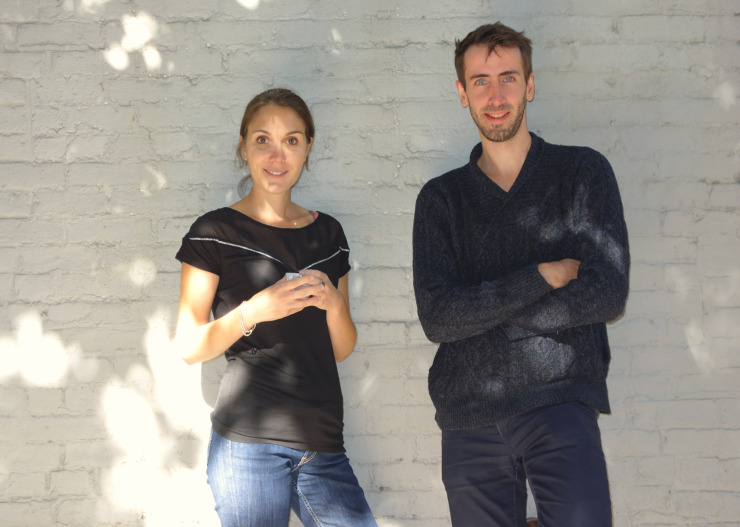
For those rare Sprudge readers unfamiliar with kopi luwak, it is the most expensive coffee in the world and perhaps the most controversial: partially digested coffee cherries are harvested from the poop of the luwak, or civet. Luwak lovers praise the way the civet’s stomach transforms the beans, while others decry the animal abuse that can accompany Luwak production. In recent years scientists have studied the fermentation process that takes place in the civet’s stomach, hoping to find a way to tell real kopi luwak coffee from the fake stuff that sometimes floods global markets. Others have sought to reproduce the fermentation process under laboratory conditions, with no civets involved, as a way to provide artificial, “cruelty-free” kopi luwak.
Deterre and Delebecque are not doing this to replicate kopi luwak’s flavor, as some of the early journalism on their company has suggested (Although some other researchers do want to do exactly that). Delebecque agrees with the impressively broad consensus that kopi luwak is all story, no flavor. Instead Delebecque and Deterre are interested in what other flavors fermentation might be able to produce in coffee, and then in extending the same techniques to other foods. He doesn’t expect every roaster to also become a fermentation expert, but he looks forward to a coffee world in which fermentation unlocks new “flavor landscapes,” a new technique alongside all the myriad existing ones that affect flavor, from farming all the way to roasting. Nor does Afineur imagine a future in which coffee fermentation is an industrial process designed to produce highly uniform effects; according to Delebecque, it could be as artisanal and hands-on a process as roasting itself.
Afineur’s techniques, notably, aren’t drawn from the toolkit of synthetic biology. They say their process is “100% natural” and that they use no genetically engineered microorganisms in fermentation, just the same familiar microbial processes used in making cheese, beer and other very familiar fermented foods. Starting with ordinary green coffee beans, Afineur precisely hydrates and ferments them, then dries them once again, and can send the results on to roasters. Delebecque describes their process as follows:
Their first flavor targets are bitterness and astringency—both of which can be traced to specific compounds that elicit specific physical reactions; as Delebecque explained to me, Afineur would like to learn how to minimize these so that the more fragrant characteristics of specific coffees can shine through. Another goal is to achieve a “biological” method for decaffeination, and another is to produce coffee that does not upset the stomach. Afineur expects to be able to create nutritionally-enriched coffees as well, ones that deliver vitamins and antioxidants as well as modified flavors.
When asked why they were focusing on laboratory fermentation over the fermentation that can happen during coffee processing at origin, Delebecque said that directly fermenting the green beans allows them to “have more leverage on specific flavor precursors and nutritional molecules.” During development they’ve been buying small amounts of coffee from Sweet Maria’s and Coffee Shrub, though they say they’ve been “developing a relationship with an NGO that has been using coffee farming as a tool to rehabilitate war-ravaged regions of Africa.” Afineur is still in the process of looking for a roaster partner, but they hope to have products available for sale to consumers by the end of the year.
Ben Wurgaft is a writer and coffee house academic. He is currently a post-doctoral fellow at MIT. This is his first piece for Sprudge.com
Illustration by Cookie Carlsen for Sprudge.com











